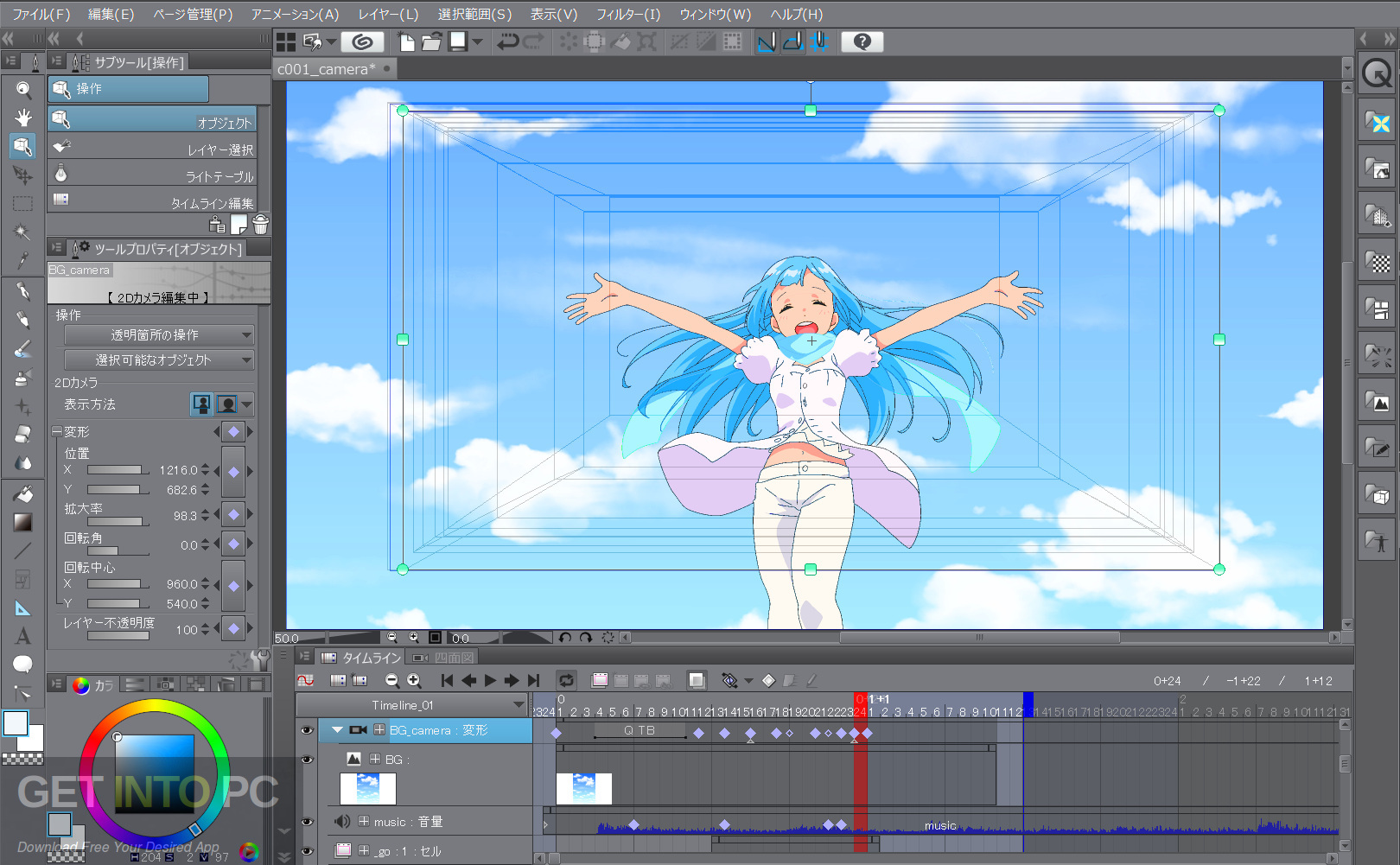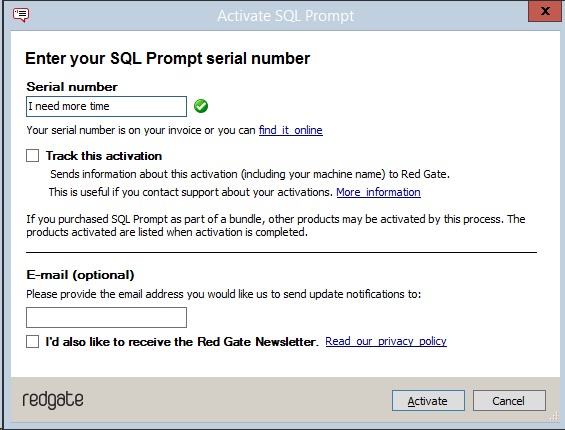
Mesh and performing the operation on the lines. (It is important to note that an equivalent model can be created by selecting all of the lines of the Mesh parameters can be modified later, and any operations that were performed on the mesh will be performed again automatically The advantage over Superdraw III is that the original Will appear in the tree view under the heading for the selected mesh. Once an operation is performed, a new heading for the operation

These commands by activating the appropriate check boxes. Move, rotate and scale commands are listed separately, all three of these operations can be performed from within each of If you need to perform operations on the mesh that are equivalent to the operations available with the Quick RMSĬommand in Superdraw III, select the heading for the mesh in the tree view and select one of the commands. Once a structured mesh is created in Autodesk Simulation, a heading will be created for the mesh in the tree view under the All of the options provided in Superdraw III will be available. The mesh spacingįor all of the mesh types can be modified by pressing the button next to the field for the desired side of the mesh in the Divisions section. After the mesh is created, the sketch entities will still exist to be used as a future reference. The divide 1 object, between 2 objects and 4 object 3D meshes in Autodesk Simulation work with construction objects, not regular III the rectangle would have been replaced by the mesh. Unlike in Superdraw III, the rectangle will still exist for use as a future reference. For example, if you draw a construction rectangle, you will be able to create a 4 point rectangular mesh using theįour corners of the rectangle. These points can eitherīe defined by coordinates, by selecting existing vertices in the model or by selecting end points of existing construction The 3 point triangular, 4 point rectangular and 8 point 3D meshes are defined using multiple points. The structured mesh options in Superdraw III are also available in Autodesk Simulation (4 point, between two objects etc.). Remain available after they are used to create lines so that they can be used again. The advantage provided over Superdraw III is that these construction objects will Second, structured meshesĬan be created from construction objects. First the lines can be createdĭirectly in the viewing area as they were in Superdraw III (trusses, beams or other line elements). Refer to Creating and Editing Geometry in the FEA Editor: Drawing Planes, Adding Geometry and Meshing Hand-built Models: 2D Mesh Generation, and Creating Contact Pairs.ģD models can be created in Autodesk Simulation using two methods depending on the element type. This allows you to easily adjust the geometry of Still be available for modifications after the original mesh is generated. Right-click and select the desired contact type from the Contact pull-out menu.Īnother advantage that Autodesk Simulation provides over Superdraw III is that the objects used to create the wireframe will Simply select the two surfaces where contact is desired, Types of contact (bonded, surface contact) between parts of a 2D mesh.


Where as Superdraw III is limited to bonded contact between parts in a 2D mesh, Autodesk Simulation can specify different To specify how many elements are to be created along an arc or line, right-click the arc or line and select the In the sketch and selecting the Add Refinement Point command. You can add refinement points by right-clicking (2D elements still need to be created in the YZ plane, as before.)īefore generating the mesh, there are several mesh parameters that you can define. Right-click one of the headings and select the Create 2D Mesh command. Once the wireframes are drawn, select all of the drawing plane headings in the tree view, Also the geometry where two parts meet must be identical in both Part within a plane must enclose a single continuous area. This is done using sketches made on drawing planes.

In any plane can be meshed in the FEA Editor. Where as Superdraw III is limited to creating automatically generated meshes of 2D models in the YZ plane, planar geometry


 0 kommentar(er)
0 kommentar(er)
